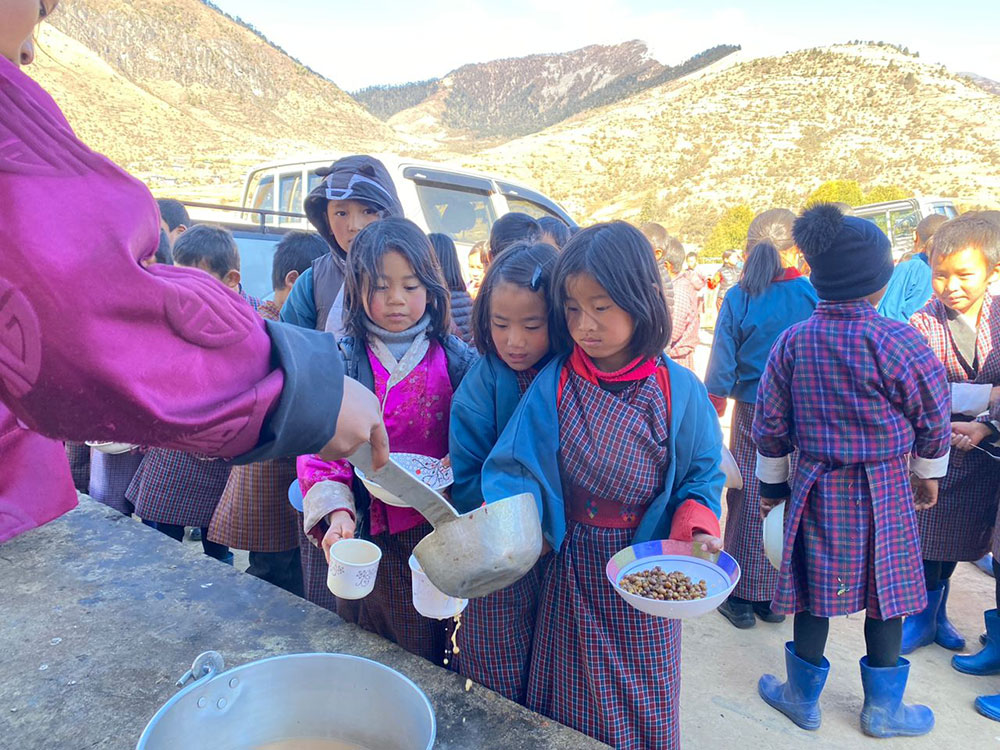KP Sharma
There has been notable progress in the overall health of students and the school feeding programme in schools last year. This is as per the education ministry’s annual education statistics for 2023.
The report attributes this improvement to the government’s prioritisation of these initiatives. The enrollment in feeding schools is a reflection of the government’s commitment to providing free meals and boarding facilities, benefitting a total of 88,784 students in 2023.
Breaking down the numbers, 37,697 students received three meals, 30,647 received two meals, and 22,089 students received one meal. It’s worth noting that there were no reported incidents related to nutritional deficiency in children during the past year, showing a positive outcome of these efforts.
In terms of gender distribution, 46,179 female students and 42,605 male students benefited from the school-feeding programme in 2023.
Looking ahead to the 13th plan, there is a proposed increase in the stipend for all students from Nu 1,500 to Nu 2,040 per month. This adjustment aims to meet the nutritional requirement of 500 calories per day for students, aligning with the Wood Food Program’s guidelines.
A school mess coordinator said that the government’s increase in student stipends contributes to providing healthier meals, enhancing the overall quality with a focus on nutritional value.
The report also highlights the importance of water, sanitation, and hygiene (WASH) in schools for positive impacts on children’s health and education outcomes.
Studies show that safe water and sanitation facilities, coupled with hygiene education, play a crucial role in reducing waterborne and hygiene-related diseases, promoting regular attendance, and addressing the specific needs of adolescent girls.
In the upcoming 13th plan, there are intentions to strengthen health and well-being services, specifically focusing on initiatives like school feeding and WASH programmes.
These efforts recognise the crucial role these programs play in creating a healthier and more conducive learning environment for students.
Examining the state of water sources in schools, 74.4 percent have piped water, and 8.2 percent rely on protected springs. Addressing the student-to-tap ratio, only extended classrooms meet the national standards, while the primary level is approaching compliance.
However, at the secondary level, data reveals a significant shortfall, with twice as many students for every tap.
Toilets in schools are predominantly pour flush toilets with 61.4 percent, with Aqua-privy toilets making up 36.5 percent.
Although this ratio doesn’t fully meet international standards, the ministry has demonstrated progress by upgrading traditional toilets to more hygienic modern facilities over the years.


